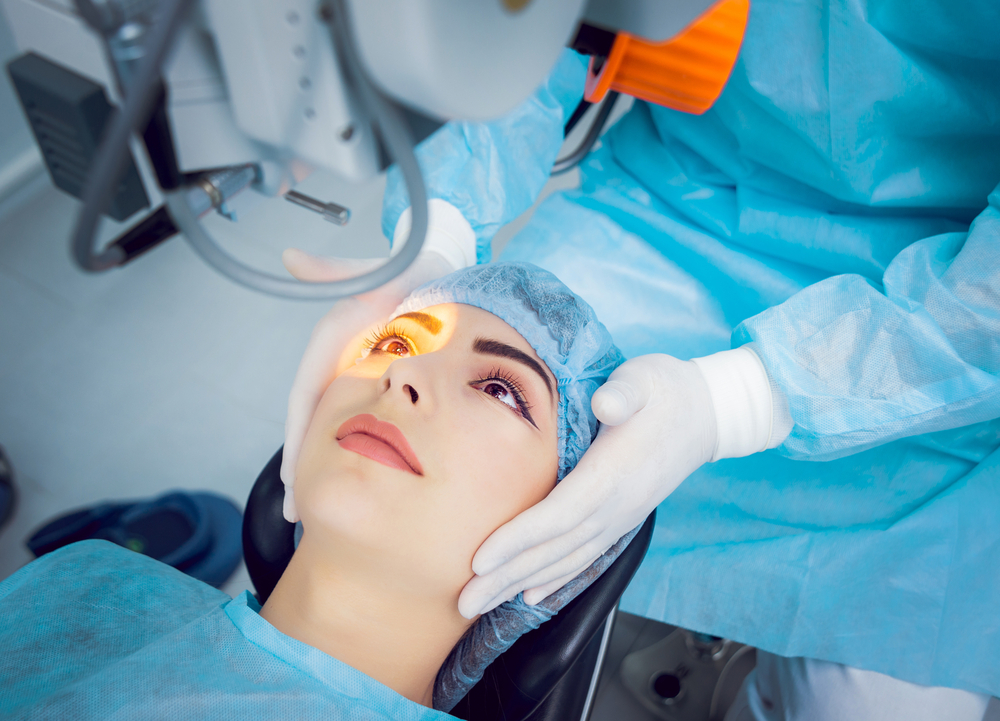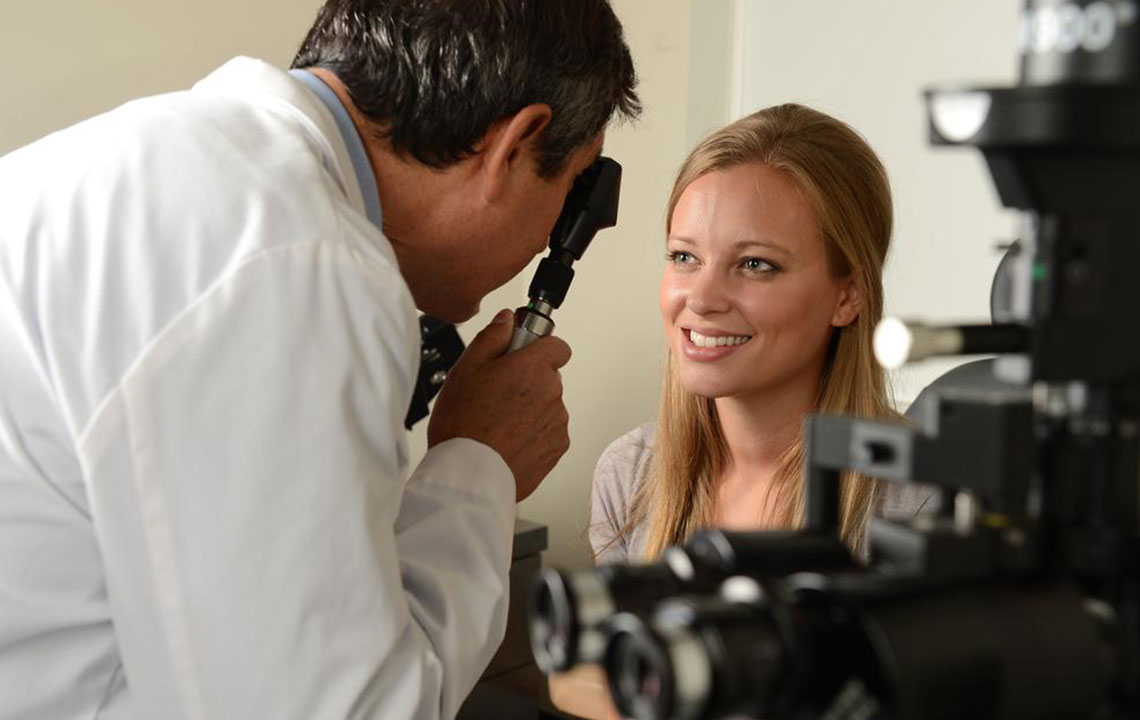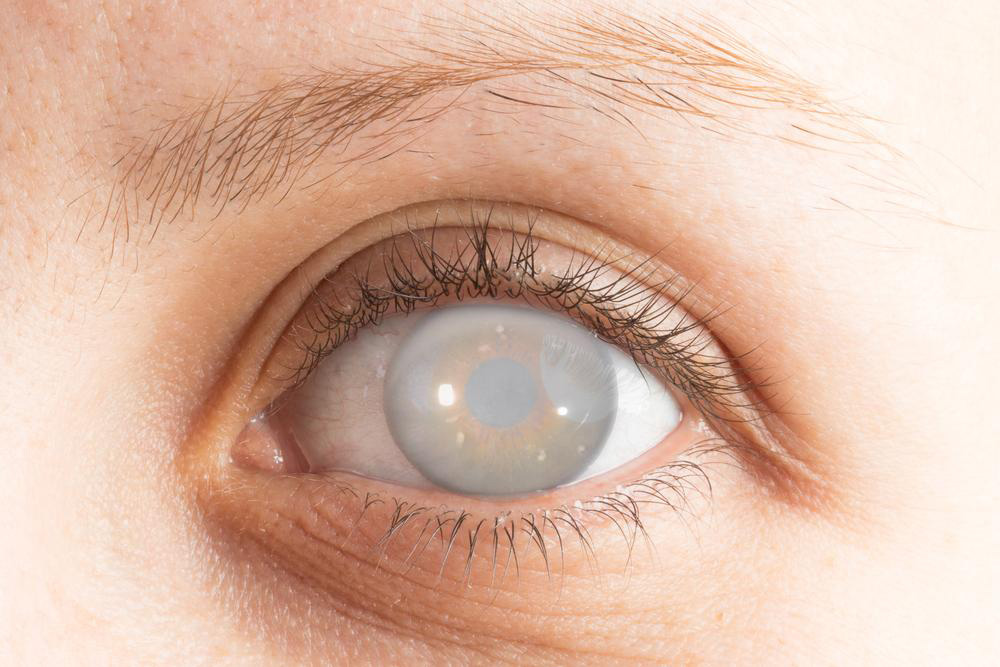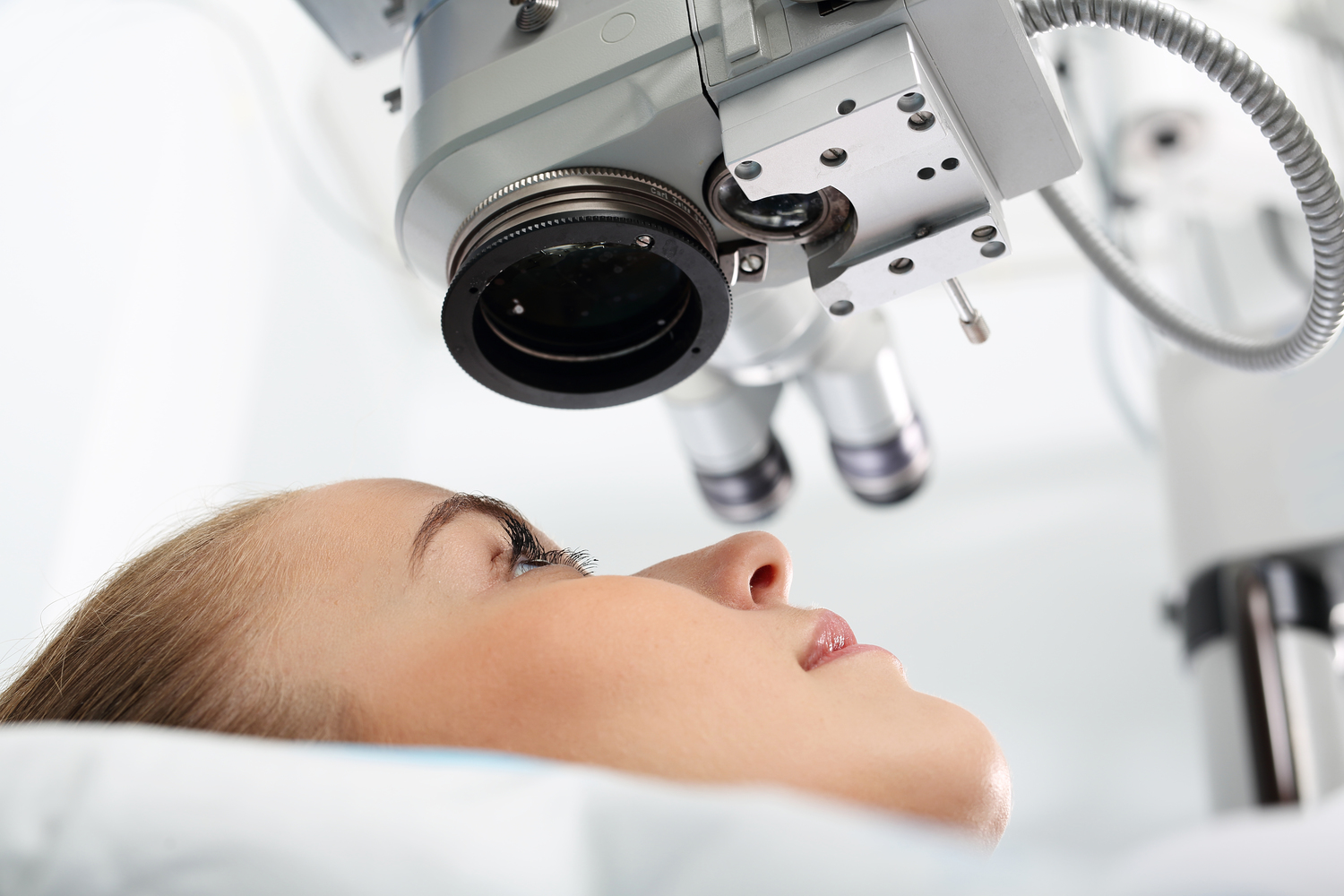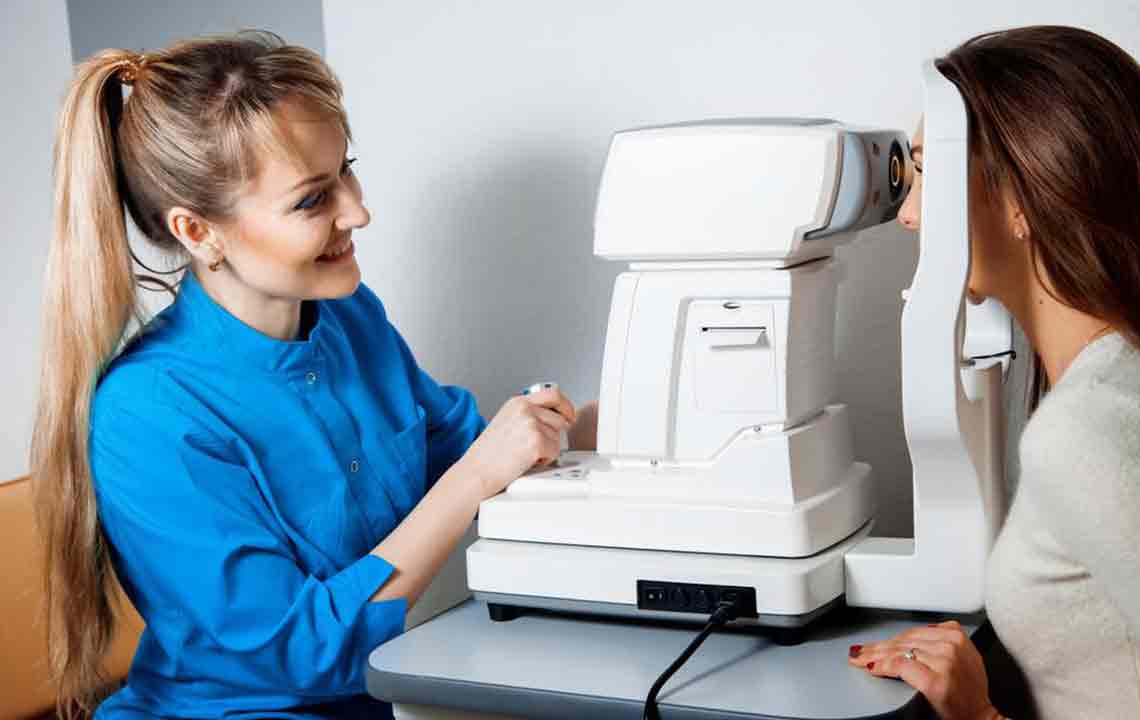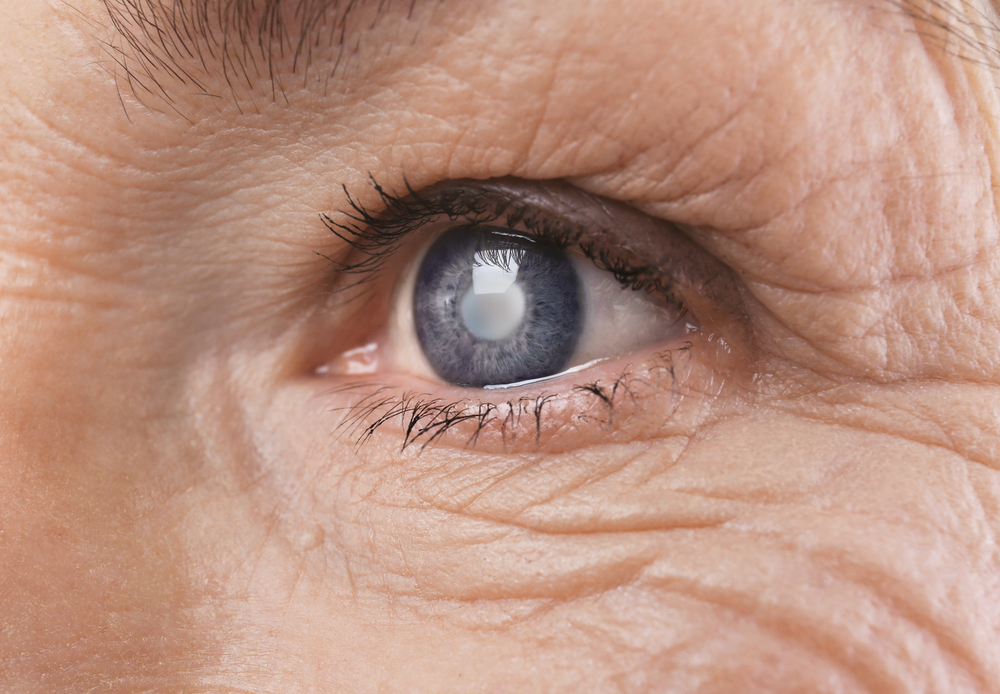Exploring Treatment Approaches for Cataract Management
Discover comprehensive treatment options for cataracts, including both non-surgical methods like corrective eyewear and surgical procedures such as phacoemulsification and laser surgery. Early detection and proper consultation can help preserve vision and improve quality of life. Learn about cost considerations, procedural differences, and practical tips to manage symptoms effectively.
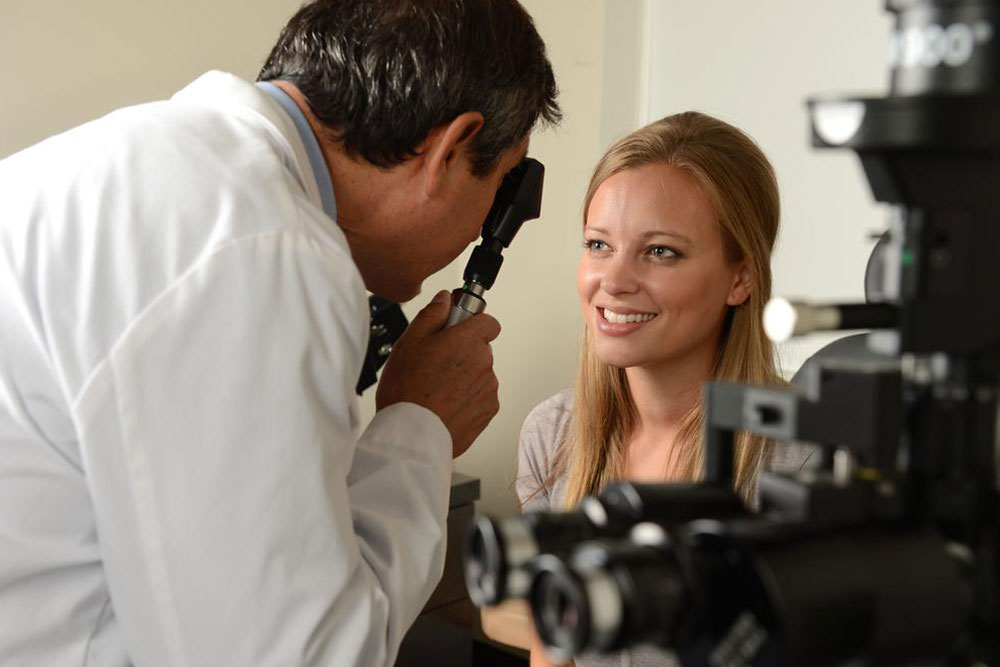
Exploring Treatment Approaches for Cataract Management
Cataracts occur when the normally transparent lens inside your eye becomes cloudy, impairing vision. This cloudiness results from protein clumping in the lens, which obstructs light from reaching the retina—the layer that converts images into signals for the brain. Symptoms include blurry vision, light sensitivity, and difficulty seeing at night, similar to looking through fog. Early detection is crucial, as the condition develops gradually and can affect daily activities. Thankfully, various treatment options, including both surgical and non-surgical methods, can effectively restore vision.
Recognizing symptoms early and seeking prompt treatment can help preserve your eyesight. Non-surgical options, such as corrective eyewear, offer a low-cost solution to improve vision during early stages. When necessary, surgical procedures like phacoemulsification and other advanced techniques are performed to remove the clouded lens and replace it with an artificial one. Consulting with an eye specialist will help determine the most suitable treatment based on your specific condition. Investing in timely care can prevent worsening vision and enhance quality of life.
Non-Surgical Strategies for Cataract Care
If you notice initial symptoms like hazy or double vision, increased light sensitivity, or difficulty seeing at night, certain adjustments can help. Updating your glasses, using anti-glare coatings, or incorporating magnifying glasses may yield immediate improvements. Proper lighting placement and wearing hats outdoors can also minimize glare and symptom progression. These affordable measures, coupled with medical advice, offer a cost-effective way to manage early cataract symptoms without surgery.
Surgical Solutions for Cataract Removal
When cataracts significantly impair daily activities and non-surgical methods aren't enough, surgery becomes necessary. Various surgical options exist, with costs depending on the chosen procedure. Lifestyle changes can delay surgery, but advanced cataracts often require intervention to restore vision effectively.
Phacoemulsification Technique
This is the most common and minimally invasive cataract surgery. It involves using ultrasonic energy to break up the cloudy lens, which is then suctioned out through a tiny incision. An artificial intraocular lens (IOL) is inserted to restore clear vision, usually requiring only one stitch. This procedure ensures quick recovery and fewer complications.
Extracapsular Cataract Surgery
In this method, a larger incision is made to remove the lens intact, necessitating more stitches and lengthier healing. It is less frequently performed today due to higher risks but remains an option in certain cases.
Intracapsular Cataract Surgery
This older technique involves removing both the lens and capsule through a significant incision, leading to higher complication rates and seldom used in modern practice.
Laser Cataract Surgery
This advanced option uses laser technology for precise lens removal, often more comfortable and faster but at a higher cost, typically ranging from $2200 to $3000. Consult your eye doctor to identify the best approach for your condition to ensure optimal outcomes.

